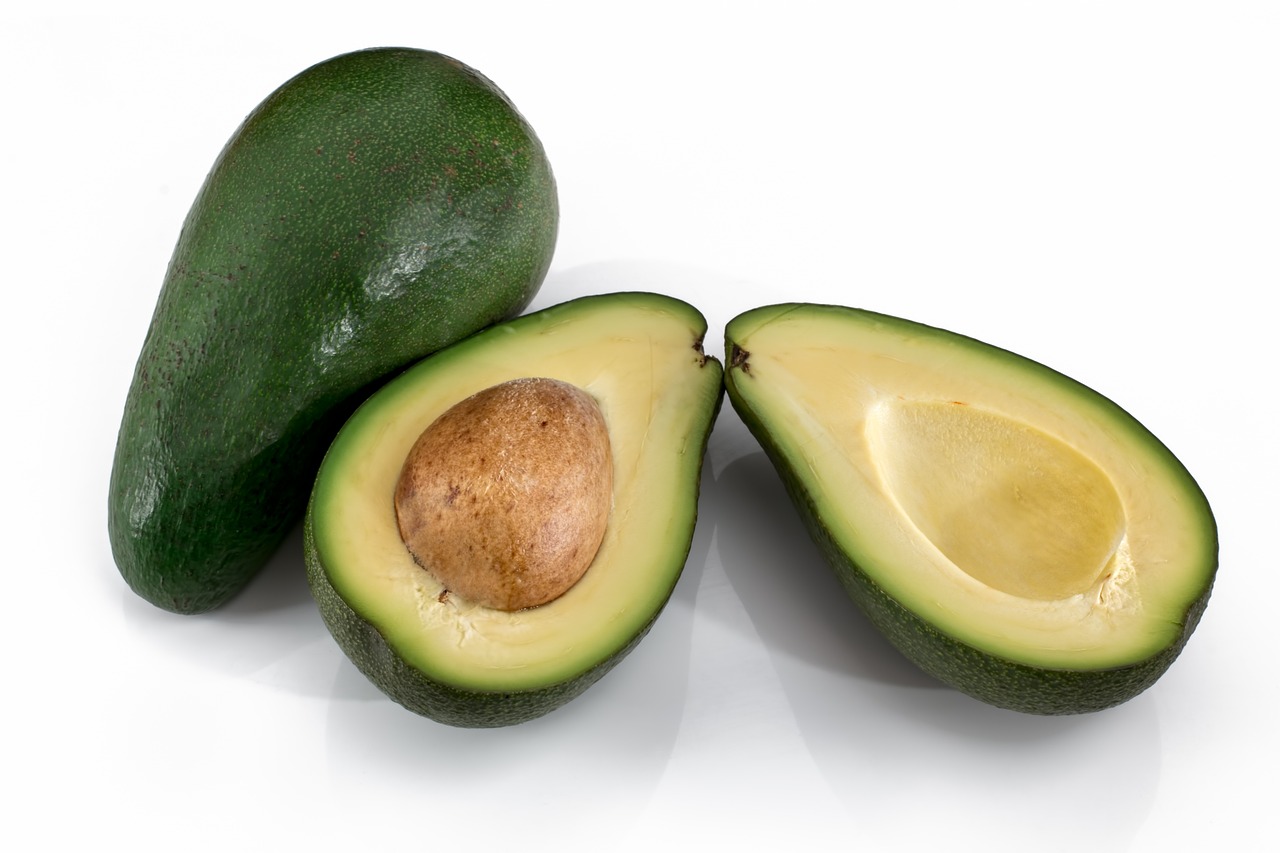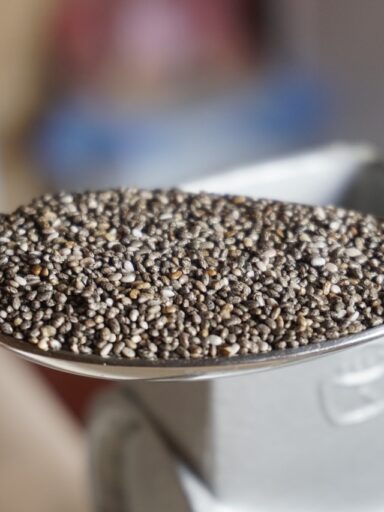You might love avocados in your salad or on toast, but have you ever wondered about the story behind how this fruit (yes, they’re not vegetables, i know, I’m just as shocked as you) reaches your plate?
From guacamole in Mexico to avocado toast in trendy instagram-worthy cafes across the world, their popularity has soared. This rising demand has turned avocados into a lucrative crop, impacting economies around the globe.
Mexico wears the crown as the largest producer and exporter, thanks to its perfect growing conditions. In fact, a significant portion of Mexico’s agriculture is dedicated to avocados, and it’s a major source of income for many farmers there.
Then there’s California, another avocado hotspot. While not as large as Mexico’s output, California’s avocado farms significantly contribute to the state’s economy. But it’s not just about growing; the cost of water, labor, and land play a big part in the economic story of avocados here.
But it’s not all smooth sailing. The avocado boom has its downsides. In some regions, the high value of avocados has led to deforestation and even conflicts over land and resources. Water usage is another concern, as avocados require a lot of water to grow, posing challenges in areas with water scarcity.
Moreover, the fluctuating prices of avocados can impact both producers and consumers. For producers, especially small-scale farmers, price drops can mean financial struggles. On the other hand, when prices soar, consumers may have to pay a premium for their avocado fix.
The next time you’re enjoying avocado toast, I hope you remember it’s a journey that involves farmers, economies, and even global trends, all converging to bring that slice of green goodness to your plate.




